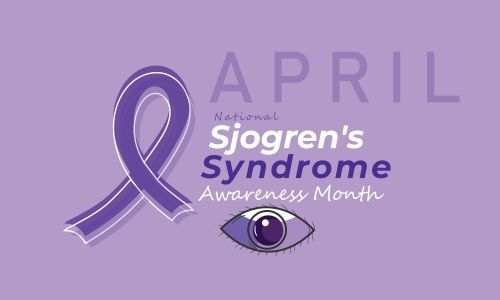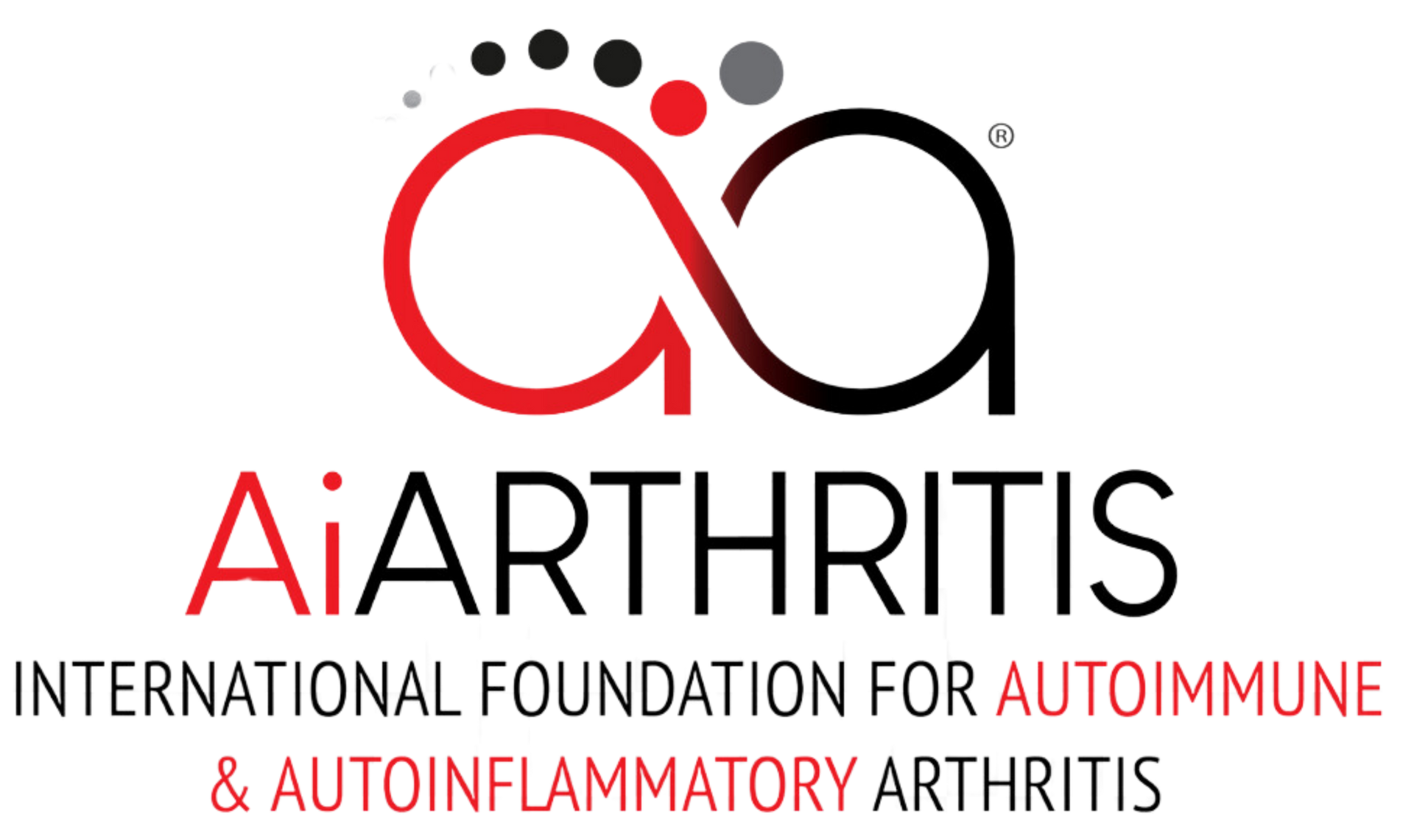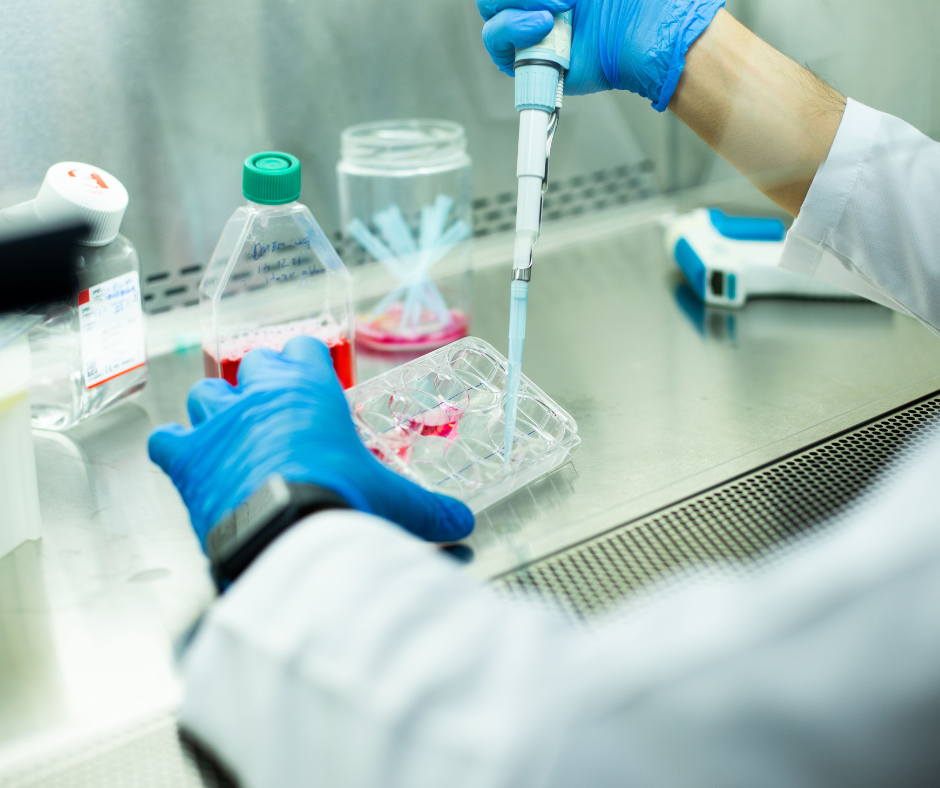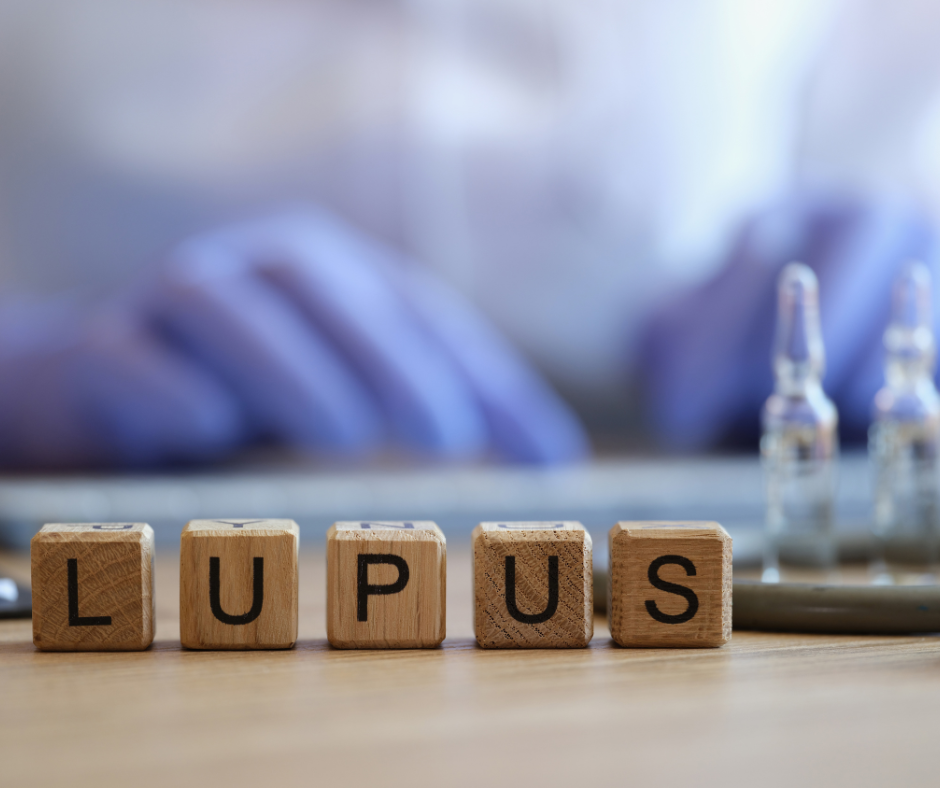April shines a spotlight on a lesser-known AiArthritis Disease that affects millions worldwide—Sjogren's Disease (prononced show·gruhnz)

What is Sjogren’s Disease?
AiArthritis defines Sjögren's Disease as:
An autoimmune and autoinflammatory disease that affects many different body parts, including the joints, moisture-producing and mucous-secreting glands, and organs, causing widespread dryness and other serious problems such as neuropathies.
Sjogren's Disease causes the body's immune system to mistakenly attacks its own tissues. It targets the glands that produce tears and saliva, leading to the most characteristic symptoms: dry eyes and dry mouth. However, Sjogren's can also affect other parts of the body, including the kidneys, gastrointestinal system, blood vessels, lungs, liver, pancreas, and the central nervous system.
Sjogren’s Disease used to be considered rare; however, the National Institute of Health reports the disease affects 400,000 to 3.1 million people around the world are living with the disease. In approximately 50% of cases, Sjögren's disease can present as an independent condition. In other cases, secondary Sjogren’s Disease will coexist with other connective tissues diseases like Rheumatoid Arthritis, Lupus, Scleroderma, or Polymyositis.
Children can also be diagnosed with Juvenile Sjogren’s Disease.
Symptoms to Watch For
Recognizing the signs of Sjogren's Disease is vital for early detection and management. Common symptoms include:
Dry eyes: A feeling of grittiness or like something is in the eye.
Dry mouth: Difficulty swallowing, speaking, or tasting.
Joint pain: Swelling and stiffness in the joints.
Dry skin: Skin that feels parched or itchy.
Fatigue: Persistent exhaustion that doesn't improve with rest.
Less common symptoms may include dental decay due to reduced saliva production, persistent dry cough, and prolonged fatigue that interferes with daily life.
Diagnosing Sjogren's Disease
Diagnosing Sjogren's can be challenging as symptoms often overlap with other conditions. A rheumatologist typically spearheads the diagnosis, which may involve:
Blood tests: To check for the presence of antibodies common in Sjogren's.
Eye tests: Such as the Schirmer test to measure tear production.
Imaging tests: To observe the salivary glands.
Biopsy: Often a small sample from the salivary glands in the lip is examined.
Living with Sjogren's Disease
While there's no cure for Sjogren's, symptoms can be managed with the right approach, which may include:
Moisture replacement therapies: Artificial tears and saliva stimulants.
Medications: Drugs that suppress the immune system or address specific symptoms.
Lifestyle changes: Diet, exercise, and stress management techniques.
The Importance of Awareness
Sjogren's Disease Awareness Month is not just about educating the public; it's also about fostering empathy and support for those living with the condition. Increased awareness can lead to better diagnosis rates, improved treatments, and a higher quality of life for patients.
How You Can Help
Educate yourself and others
Share information about Sjogren's Disease.
Donate to AiArthritis to support Awareness programs to continue spreading awareness about Sjogren’s Disease






